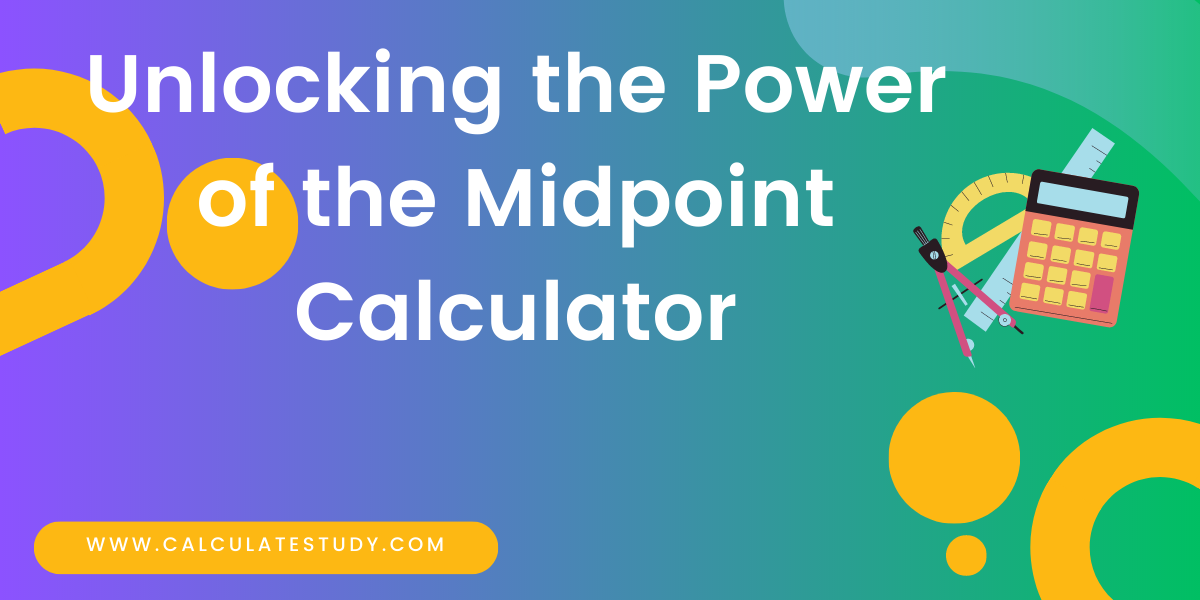Covariance Calculator: Data Analysis with our Comprehensive Guide.
Achieve Financial Success with a Covariance Calculator:
Are you looking for techniques to make wise investing selections in order to achieve financial success? Building a good investing portfolio requires an understanding of the correlation between the performances of various assets. A Covariance Calculator may be your best resource in this situation. This guide will explain the value of covariance in finance and show you how to utilise a covariance calculator to make the most of your investments.
What is Covariance?
Covariance is a statistical measure that quantifies the degree to which two variables move together. In finance, it helps investors assess the relationship between the returns of two assets. A positive covariance indicates that when one asset's return increases, the other asset's return also tends to increase. Conversely, a negative covariance suggests that as one asset's return goes up, the other asset's return tends to go down. On the other hand, a covariance close to zero indicates a weak or no relationship between the assets.
The Importance of Covariance in Finance
Building a diverse investment portfolio requires having a solid understanding of covariance. Investors may be able to lower the risk of their entire portfolio by mixing assets with low or negative covariance. Others may perform well, balancing losses and stabilising returns when other assets perform poorly.
In addition, Harry Markowitz, the winner of the Nobel Prize, created the idea of Modern Portfolio Theory (MPT), which heavily relies on covariance. MPT contends that by taking into account an asset's projected return and its covariance with other assets, investors can optimise their portfolios. They can accomplish the highest return for a specific degree of risk by doing this.
How to Use a Covariance Calculator
It is easy and effective to use a Covariance Calculator. To maximise its potential, take the following actions:
Asset Data Input:
Start by entering the two assets' historical returns for analysis. For accurate results, make sure that the data is from the same time period.
Calculate Covariance:
Covariance can be calculated by using a calculator. Based on the supplied data, it will calculate the covariance between the two assets.
Results interpretation:
After obtaining the covariance value, analyse it to comprehend how the assets are related. While a negative score denotes a negative correlation, a positive value reveals a positive association.
Make Informed Decisions:
With this helpful knowledge at your disposal, you can now decide on your investing strategy with confidence. You might decide to diversify your portfolio by pairing assets with low covariance or look for assets with high covariance to profit from.
Covariance Calculation Methods:
The link between two variables or assets is measured by covariance, a fundamental concept in finance. Investors benefit from having a better understanding of how various assets' returns change in respect to one another. To build a diversified investment portfolio and to make the best investment choices, covariance must be calculated. This article will examine the various covariance calculation techniques and how to apply them.
1. Sample Covariance
When historical data is available for a sample of observations involving two assets, the sample covariance is used. The formula used to calculate it is as follows:
Cov(X, Y) = Σ [(Xi - X̄) * (Yi - Ȳ)] / (n - 1)
Where:
Cov(X, Y)is the sample covariance between variables X and Y.XiandYiare individual data points in the sample.X̄andȲare the sample means of X and Y, respectively.nis the number of data points in the sample.
The sample covariance formula includes multiplying the difference between each data point and its corresponding sample mean for both X and Y, then adding the resulting products. To obtain the sample covariance, we divide by (n – 1) at the end.
2. Population Covariance
When we have data for all instances of two variables or assets, we use the population covariance. Although it employs a slightly different formula, it is comparable to the sample covariance:
Cov(X, Y) = Σ [(Xi - X̄) * (Yi - Ȳ)] / n
Where:
Cov(X, Y)is the population covariance between variables X and Y.XiandYiare individual data points in the population.X̄andȲare the population means of X and Y, respectively.nis the number of data points in the population.
Since the population covariance considers data for the entire population, we divide the sum of products by n to calculate the population covariance.
Conclusion
Understanding how to calculate Covariance Calculator is essential for making informed investment decisions and building a successful portfolio. Whether you have a sample of data or the entire population, you can apply the appropriate covariance calculation method to analyze the relationship between different variables or assets. Embrace these methods and leverage technology to ensure your investment strategy is backed by accurate and valuable insights.
A Comprehensive Guide to Data Analysis is your go-to book for understanding covariance's complexities and using its capacity to draw out important data insights.



.png)

Leave A Comment